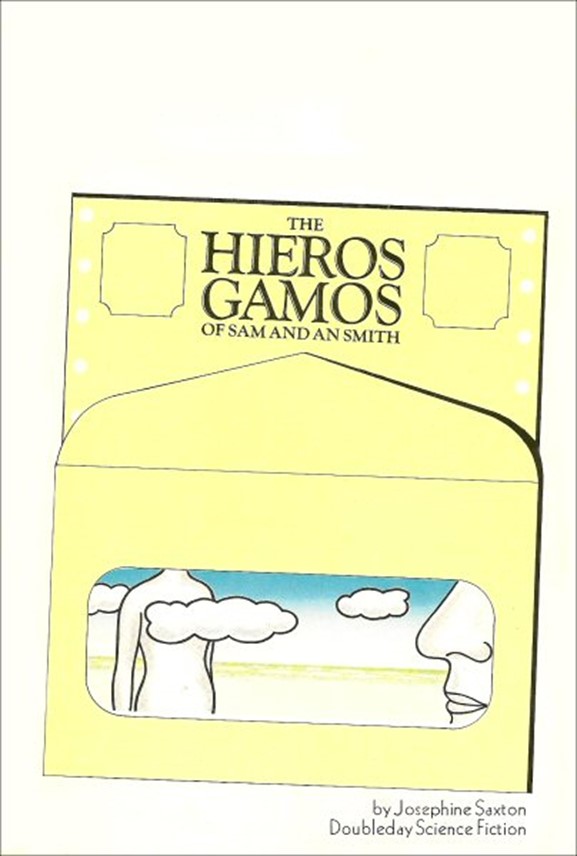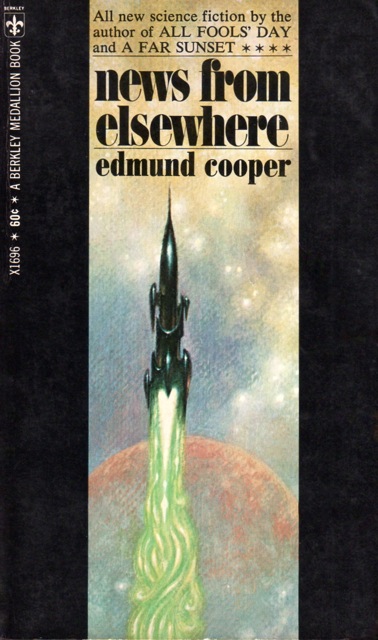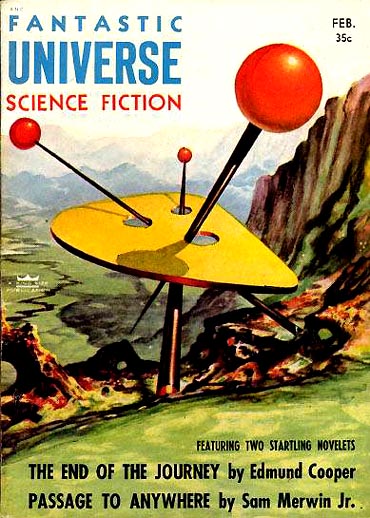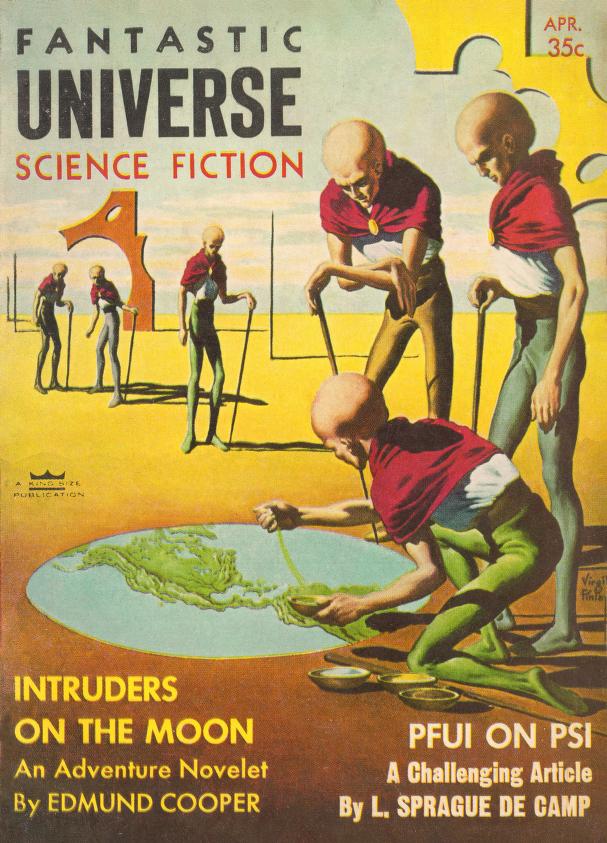[And now, for your reading pleasure, a clutch of books representing the science fiction and fantasy books that have crossed our desk for review this month!]

by Victoria Silverwolf
Ye Gods!
Two new fantasy novels, both with touches of science fiction, feature theological themes. One deals with deities that are now considered to be purely mythological, the other relates to one of the world's major living religions. Let's take a look.
Fourth Mansions, by R. A. Lafferty

Cover art by Leo and Diane Dillon.
The title of this strange novel comes from a book written by Saint Teresa of Avila, a Spanish Christian mystic of the sixteenth century. This work, known as The Interior Castle or The Mansions in English, compares various stages in the soul's spiritual progress to mansions within a castle. From what I can tell from a little research, the Fourth Mansion is the stage at which the natural and the supernatural intersect.
(I'm sure I'm explaining this badly. Interested readers can seek out a copy of Saint Teresa's book for themselves.)
I understand that Lafferty is a devout Catholic, so this connection between his latest novel and what is considered to be a classic of Christian literature must be more than superficial. Be that as it may, let's see if we can make any sense out of a very weird book.
Our hero is Fred Foley, a reporter who is said to be not very bright, but who seems to have some kind of special insight or perception as to events beyond the mundane. (A sort of Holy Fool, perhaps.) He gets involved in multiple conspiracies of folks, who may be something other than just ordinary human beings, out to change the world.
There are four such groups, said to be not quite fit for either Heaven or Earth. Each one is symbolized by an animal.
The Snakes, also known as the Harvesters, are a group of seven people who blend their psychic powers to influence the minds of others. They are intent on bringing about a sort of hedonistic apocalypse. Their connection to Foley and other characters allows for telepathic communication, and sets the plot in motion.
The Toads are folks who are reincarnated, or somehow take over new bodies. (It's a little vague.) Foley's investigation into one such person starts the novel. They intend to release a plague, wiping out most of humanity and ruling over the survivors.
The Badgers are people who are something like spiritual rulers of a kind of parallel world that most ordinary people can't perceive. Foley pays a visit to a couple of these seemingly benign people for information. In one case, this involves a trip to a mountain in Texas that shouldn't be there.
The Unfledged Falcons are would-be fascists, military leaders trying to take over the world by force. Only one such person appears in the book, a Mexican fellow named Miguel Fuentes. He gets involved when the Snakes try to influence an American named Michael Fountain (see the connection in names?) and wind up entering his mind by mistake.
I would be hard pressed to try to describe all the bizarre things that happen. Lafferty has a way of describing extraordinary events in deadpan fashion. (We're very casually told, for example, that one character brought a dead man back to life when he was a boy. One very minor character is a demon, and another one is an alien.)
The book's combination of whimsey and allegory is unique, to say the least. There's a lot of dialogue that sounds like nothing anybody would ever say in real life. Did I understand it all? Certainly not. Did I enjoy the ride? Yep.
Four stars.
Creatures of Light and Darkness, by Roger Zelazny

Cover art by James Starrett.
Zelazny's recent novel Lord of Light offered a futuristic twist on Buddhism and Hinduism. This one makes use of ancient Egyptian gods, as well as a bit of Greek mythology. There are also a lot of original concepts, making for a very mixed stew indeed.
The time is the far future, when humanity has settled multiple planets. Don't expect a space opera, however.
We begin in the House of the Dead, ruled by Anubis. He has a servant who has lost his memory and his name. Anubis gives him the name Wakim, and sends him to the Middle Worlds (the physical realm) to destroy the Prince Who Was A Thousand. Meanwhile, Osiris, who rules the House of Life, sends his son Horus on the same errand.
You see, Anubis and Osiris keep the population of the Middle Worlds in balance, bringing life and death in equal amounts. The Prince threatens this system with the possibility of immortality. Although the two gods have the same goal, they are also rivals, so their champions battle each other as well as the Prince.
This is a greatly oversimplified description of the basic plot. A lot more goes on, with many equally god-like characters. There's a sort of scavenger hunt for three sacred items, with the protagonists hopping around from planet to planet in search of them.
Zelazny experiments with narrative techniques, from poetry to a play. There's some humor, as demonstrated by a cult that worships a pair of shoes. (They actually play an important role in the plot.) The pace is frenzied, with plenty of purple prose.
Full understanding of what the heck is really going on doesn't happen until late in the book, when we learn the actual identities of Wakim and the Prince. Suffice to say that this requires a lengthy description of apocalyptic events that took place long before the story begins.
Some readers are going to find this novel disjointed and overwritten. Others are likely to be swept away by the richness of the author's imagination. I'm leaning in the latter direction.
Four stars.

by Fiona Moore
Roger Zelazny’s been busy this month! His new novel Damnation Alley expands his novella of the same name into an action piece which is exciting enough but ultimately unsatisfying, a sort of postapocalyptic pony express with futuristic vehicles and implausible characters.

Cover of Damnation Alley by Jack Gaughan
The story is set in a relatively near-future USA after a nuclear war which has split it into isolated states within a radiation-ravaged wasteland, the only relatively safe passage through which is a corridor known as Damnation Alley. There are pockets of radiation, giant mutant animals and insects, tornadoes and killer dust storms. The descriptions of these is the book’s real strength, with some of them verging on the genuinely poetic. Our protagonist is Hell Tanner, a former Hell’s Angel who is offered a pardon for his crimes by the State of California, if he’ll deliver a shipment of vaccines to Boston, which has been hit by an outbreak of plague. Of course, this necessitates driving through Damnation Alley, but never fear, Tanner is also driving a super-tough vehicle bristling with weaponry.
The whole thing is almost laughably macho in places, and I say that as someone who really quite likes both cars and adventure stories. Tanner is that implausible archetype, the bad guy who nonetheless somehow has other people’s best interests at heart. However, there’s also some nice contrasts set up between Tanner and the criminal world he inhabits and the much more normal parts of society he encounters on his journey, where people seem to be on the whole generally decent and kind, making Tanner’s casual violence seem all the more out of place.
The book has a lot of problems. Some are clearly the result of padding it out to novel length, with several episodes which go nowhere and add little to the story. The characterisation of everyone aside from Tanner is weak to nonexistent. In particular, the main female character, Cordy, is a frustrating cipher: she is a woman who Tanner essentially abducts, and yet she shows none of the emotions one might expect under the circumstances, while Tanner seemingly comes to think of her as his girlfriend despite neither of them making any moves in that direction.
However, the biggest problem is that there are too many holes in the story for it to stay afloat. Despite the devastation of the land around it, the state of California somehow still has the resources to build giant armoured cars bristling with every kind of weapon from bullets to flamethrowers. Only two human beings are apparently capable of making the trip from California to Boston, which is surprising given the aforementioned level of technology and that there is clearly no shortage of young men with a death wish. Tanner makes it almost to Boston before encountering anyone who makes a serious effort to steal the vaccines, which I also find somewhat implausible. And so on, and so on.
Damnation Alley held my attention for the duration of a train journey and had nicely surreal, well-paced prose in places, but it was just too unbelievable for me to really enjoy it. Two and a half stars.
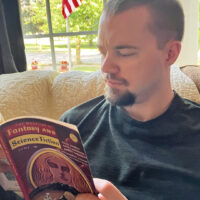
Since he returned to writing some half a dozen years ago, Robert Silverberg has tried to reintroduce himself as a more “serious” writer. This is not to say his rate of output has slowed down in favor of more refined work; if anything the past few years have been the busiest for him since the ‘50s. This year alone we have gotten enough novels from Silverberg that a bit of a catch-up is in order. The first on my plate, Across a Billion Years, hit store shelves a few months ago, from The Dial Press (I believe this is Silverberg’s first book with said publisher), and it seems to have flown under the radar—possibly because there’s no paperback edition, and also it might be aimed at younger readers. The second book we have here, To Live Again, is from Doubleday, and it too is a hardcover original; but unlike Across a Billion Years, To Live Again is a new release, fresh out of the oven.
Across a Billion Years, by Robert Silverberg

It’s the 24th century, and humanity has not only spread to other worlds but encountered several intelligent alien races along the way. Tom Rice is a 22-year-old archaeologist on an expedition to find the ruins of a bygone race called the High Ones, who apparently lived a billion years ago (hence the title) but who have since vanished. Whether or not the High Ones have gone extinct is one of the novel’s core mysteries, although Silverberg takes his time raising this question. The novel is told as a series of diary entries, or rather messages Tom sends to his sister Lorie. In a curious but also frustrating move, Lorie is arguably the most interesting character in the novel, yet we never see or hear her, as she’s not only away from the action but stuck in a hospital bed for an indefinite period. Lorie is a telepath, and enough people are “TP” to make up their own faction, although telepathy only works one-way and Tom himself is not a telepath. The one positive surprise Silverberg includes here is finding a way to tie telepathy together with the mystery of the High Ones, but obviously I won’t say how he does it.
As for bad surprises, well…
Even taking into account that Tom is a young adult who also has personal hang-ups (his father wanted him to enter real estate), his treatment of his colleagues is abhorrent in the opening stretch. He dismisses the aliens on the team as mostly “diversity” hires and has a standoffish relationship with Kelly, the female android on the team, whom he more than once compares to a “voluptuous nineteen-year-old.” Why someone of Tom’s age would make such a comparison is befuddling…unless you were really a lecherous man approaching middle age and not a recent college graduate. There are a few other humans here, but the only human woman present is Jan, whom Tom gradually takes a liking to—just not enough to do anything when he sees Leroy, a male colleague, sexually assault Jan near enough that he could have intervened. This happens early in the novel, and I have to admit that Tom’s indifference regarding Jan’s wellbeing, a weakness in character he never really apologizes for, cast a cloud over my enjoyment of the rest of the novel. I kept wondering when the other shoe would drop. That Tom and Jan’s relationship turns romantic despite the former’s callousness only serves to rub salt in the wound. The bright side of all this is that while some of Silverberg’s recent work has bordered on pornographic, Across a Billion Years is relatively tame, almost to the point of being old-fashioned.
Indeed, this feels like a throwback to an older era of SF, even back to those years when Silverberg (and I, for that matter) had not yet picked up a pen or used a typewriter. In broad strokes this is a planetary adventure of the sort that would have been serialized in Astounding circa 1945. We’re excavating alien ruins on Higby V, a distant planet where High Ones artifacts have been supposedly found. During a drunken escapade one of the alien diggers stumbles upon (or rather breaks into) a piece of High Ones technology, something akin to a movie projector, not only showing what the High Ones look like but revealing a clue as to the location of their homeworld. This should sound familiar to most of us, and I suspect Silverberg knows this too, because this novel’s biggest problem and biggest asset is how it uses perspective. We’re stuck with Tom as he sends messages to Lorie, recounting events in perhaps more detail than he has to, knowing in advance that his sister won’t receive these messages until after the fact. As with a disconcerting number of Silverberg protagonists, Tom can be annoying, and honestly quite bigoted; and since he is the perspective character we’re never relieved of his oh-so-interesting remarks. But, and I will give Silverberg this, he does put a twist on the epistolary format very late in the novel, which does the miraculous thing of making you reevaluate what you had been reading up to this point.
In other words, this is not an exceptional novel, but it does have its points of interest, and with the exception of an early scene and its ramifications (or lack thereof), nothing here made me want to throw my copy at a nearby wall. For the most part this is inoffensive—possibly even decent. Three stars.
To Live Again, by Robert Silverberg

Those who want a bit more sex with their science fiction can do worse than this one, which looks to be the fourth (or maybe fifth—I’ve lost count) Silverberg novel of 1969. It’s the near-ish future, and the good news is that for those with enough money, death is not necessarily the end. Courtesy of the Scheffing Institute, a person can have their memories stored periodically, making copies or “personae” of themselves, which can be transplanted to the brain of a living host. The host and the persona will cooperate, lest the latter erase the former’s personality and become a “dybbuk,” using the host’s body as a flesh puppet.
The infamous businessman Paul Kaufmann has recently died, with his persona waiting to be claimed. Paul’s nephew, Mark, and Mark’s 16-year-old daughter Risa each see themselves as ideal candidates for Paul’s persona, but one of the rules at the Institute is that close family members can’t host each other’s personae: the implications of, for example, a teen girl hosting her grandfather’s persona, would be…concerning.
While we’re on the lovely topic of incest, let’s talk more about Risa, who must be one of the thorniest of all Silverberg characters, which as you know is a tall order, not helped by the fact that Silverberg describes, in almost poetic detail, every curve of this teen girl’s nude body—and she does strut around naked a surprising amount of the time. Risa is such a depraved individual, despite her age, that she at one point tries seducing an older male cousin and rather openly has an Electra complex (they even mention it by name), which Mark is understandably disturbed by—with the implication being that Mark has lustful thoughts about his own daughter. This is the second Silverberg novel I’ve read in two months to involve incest, which worries me.
The only other major female character is Elena, Mark’s mistress, whom Risa sees as a rival for her father’s affections and who (predictably) starts conspiring against Mark. Not content to ogle at just 16-year-olds, Silverberg also takes to describing the nuances of Elena’s body in wearying fashion, which does lead me to wonder if he was working the typewriter one-handed for certain passages. It’s a shame, because there’s an intriguing subplot in which Risa acquires her first persona, a young woman named Tandy who had died in a skiing accident—or so the official record claims. Tandy, or rather the persona of Tandy, recorded a couple months prior to her death, suspects foul play. Of the women mentioned, Tandy is the least embarrassingly written, but then she is only tangentially related to the plot and, what with not having a physical body, Silverberg is only able to ogle at her so much.
I’ve not even mentioned John Roditis and his underling Charles Noyles, business rivals of Mark’s who are clamoring for Paul’s persona. You may notice that this novel has more moving parts than Across a Billion Years, and certainly it’s the more ambitious of the two, the problem being that its shortcomings are all the more disappointing for it. Silverberg raises questions that he can barely be bothered with answering, and he alludes to things that remain mostly unrevealed. Much of To Live Again is shrouded in speculation, which is to say it uses speculation as a night-black cloak to cover things we sadly never get to see.
Another rule at the Institute is that a persona has to be of the same gender as its host, a rule that characters mostly write off as bogus. And indeed why not? Why should a male host and female persona not be able to coexist? Or the other way around. The prohibition has to do with transsexualism, which is certainly uncharted water for the most part. There has been very little science fiction written about transsexualism or transvestism—the possibility of blurring and even crossing gender lines. Unfortunately the novel does little with the ideas it presents. There are multiple references to religion and mythology (the word “dybbuk” refers to an evil spirit in Jewish mythology), including lines taken from the Tibetan Book of the Dead. There’s a minor subplot about white Californians appropriating Buddhist practices, in connection with the Institute, but this is so tangential that the reader can easily forget about it.
Finally, I want to mention that I was reminded eerily of another novel that came out this year, Philip K. Dick’s masterful and deranged Ubik, which I have to think Silverberg could not have known about when he was writing To Live Again. Both take cues from the Buddhist conception of reincarnation, although in Dick’s novel people who have died are kept in a state of suspended animation called “half-life,” whereas Silverberg’s characters die the full death, or “discorporate,” only that their personalities (up to a point) are kept intact. Not to make comparisons, but given that Silverberg’s novel is longer than Dick’s I have to say he does a fair bit less with the shared material. Of course, these are both talented writers, who at their best do very fine work indeed. Silverberg has become a major writer, but sadly he is not firing on all cylinders with either of the novels I’ve covered.
Hovering between two and three stars on this one.
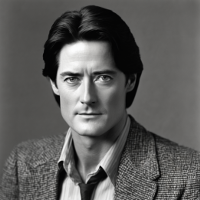
by George Pritchard
The Glass Cage by Kenneth W. Hassler

The mockery for this book writes itself:
- This book made me think of a Bulwer-Lytton novel for the Space Age.
- This book could make Damon Knight take back everything he said about van Vogt.
- This book made me long for the complexity of Commander Cody shorts.
- This book’s style is so out of date that I think it fell out of the TARDIS.
- This book wishes it had the character depth of a Lin Carter work.
And yet, I can't hate it the way I hated Light A Last Candle. That book was one mass of forgettable hate, but The Glass Cage is not hateful. It's incompetent at every turn, from line editing to plot development (I really don't know how it got the hardcover copy I received), but the overall effect is an oral record of a children's game.
There's this guy, Stephen, he’s twenty! He's a neophyte to the priests of the computer, TAL! It keeps life going in the city beneath its glass dome! Stephen is a perfect physical specimen, and his only flaw is being too curious about things. But that's because he’s secretly a spy for the Rebellion outside the glass dome!
The sentences are short and rarely have the benefit of internal punctuation. The characters are, generally, exactly how they appear — wicked characters with their close-together eyes, good characters with their strong jaws, straightforward manner, and perfect blonde hair. If this is chosen for adaptation, Tommy Kirk is made for the lead part.

The treatment of nuclear power seems to come from another time, where the leaders of interstellar development are in the Baltimore Gun Club rather than NASA. The giant computer, TAL, is attached to a nuclear bomb, to go off at a certain date, destroying the whole glass dome and the people within! No need to worry, though, Stephen and his various Rebellion people get most everyone out in time, except for the bad guy head priest of TAL, who is determined to die with his machine. Stephen and the gangster leader of the in-Dome Rebellion try to get him out, but to no avail! The nuclear bomb is about to go off, so the two of them hop on their air-sled, turn it skyward, and smash through the glass dome, just as the nuclear bomb goes off! Luckily, the nuclear bomb just pushes them a few miles away from the blast, where they are safe and unharmed.
One point of the book that is surprisingly forward-thinking is its treatment of one of the main characters being severely disabled. Despite being paralyzed from the neck down, he is a leader of the Rebellion, commanding through his immense psychic ability. But that cannot keep me from giving it…
Two stars
[A bit of a downer note to leave on, but at least there's some fine stuff upstream. See you next month, tiger!]

![[September 16, 1969] September 1969 Galactoscope](https://galacticjourney.org/wp-content/uploads/2024/09/690916covers-672x372.jpg)


![[September 2, 1969] People, Machines, and Other Thinking Entities (October 1969 <i>Fantastic</i>)](https://galacticjourney.org/wp-content/uploads/2024/08/COVERSMALL-672x372.jpg)















![[August 26, 1969] A Bumper Crop at the Farm (Woodstock Music & Art Fair)](https://galacticjourney.org/wp-content/uploads/2024/08/900_woodstock1_1663012591.3295-672x372.jpg)
























![[August 16, 1969] Soaring high and low (August 1969 Galactoscope)](https://galacticjourney.org/wp-content/uploads/2024/08/690816covers-672x372.jpg)










![[July 16, 1969] Not all Jake(s) (July 1969 Galactoscope)](https://galacticjourney.org/wp-content/uploads/2024/07/690716covers-672x372.jpg)
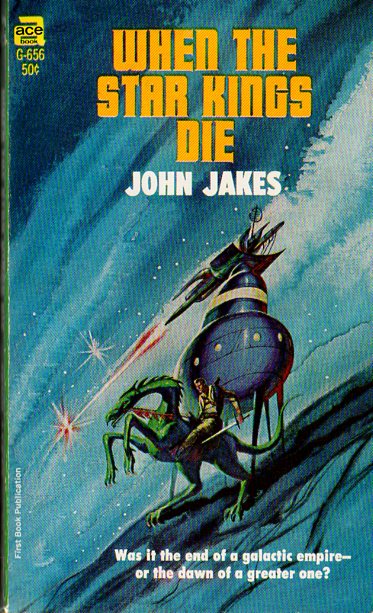
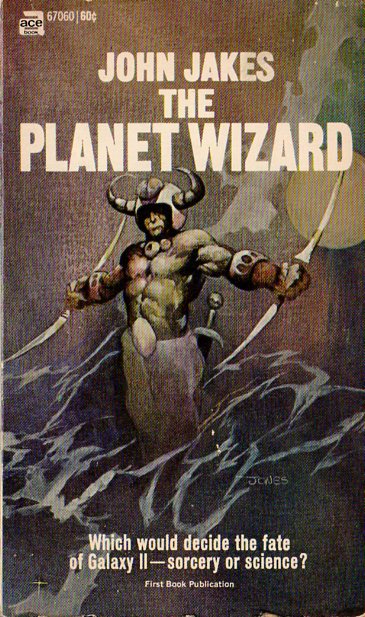



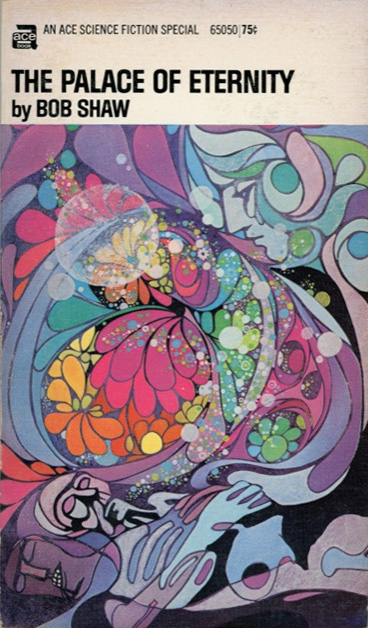
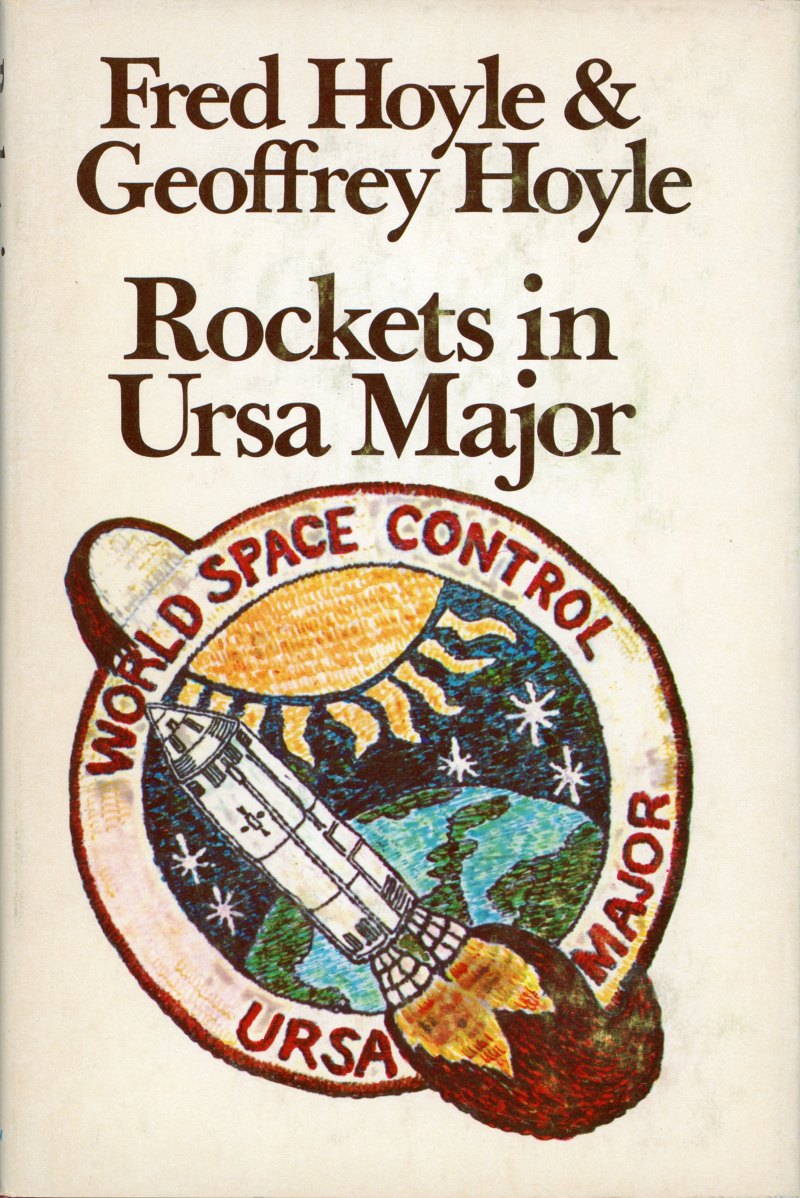

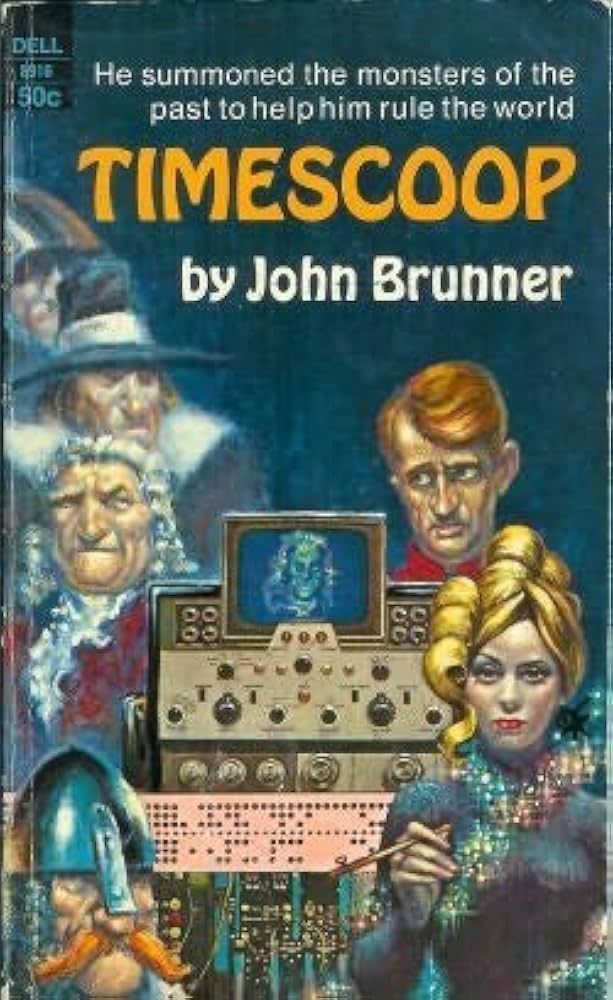


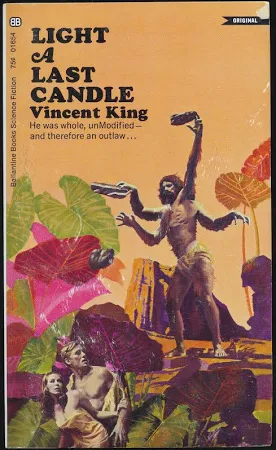
![[July 14, 1969] Odyssey On Two Wheels (<i>Easy Rider</i>)](https://galacticjourney.org/wp-content/uploads/2024/07/TITLE-672x372.png)














![[July 10, 1969] Sex! Now That I Have Your Attention . . . (August 1969 <i>Fantastic</i>)](https://galacticjourney.org/wp-content/uploads/2024/07/COVERSMALL-672x372.jpg)

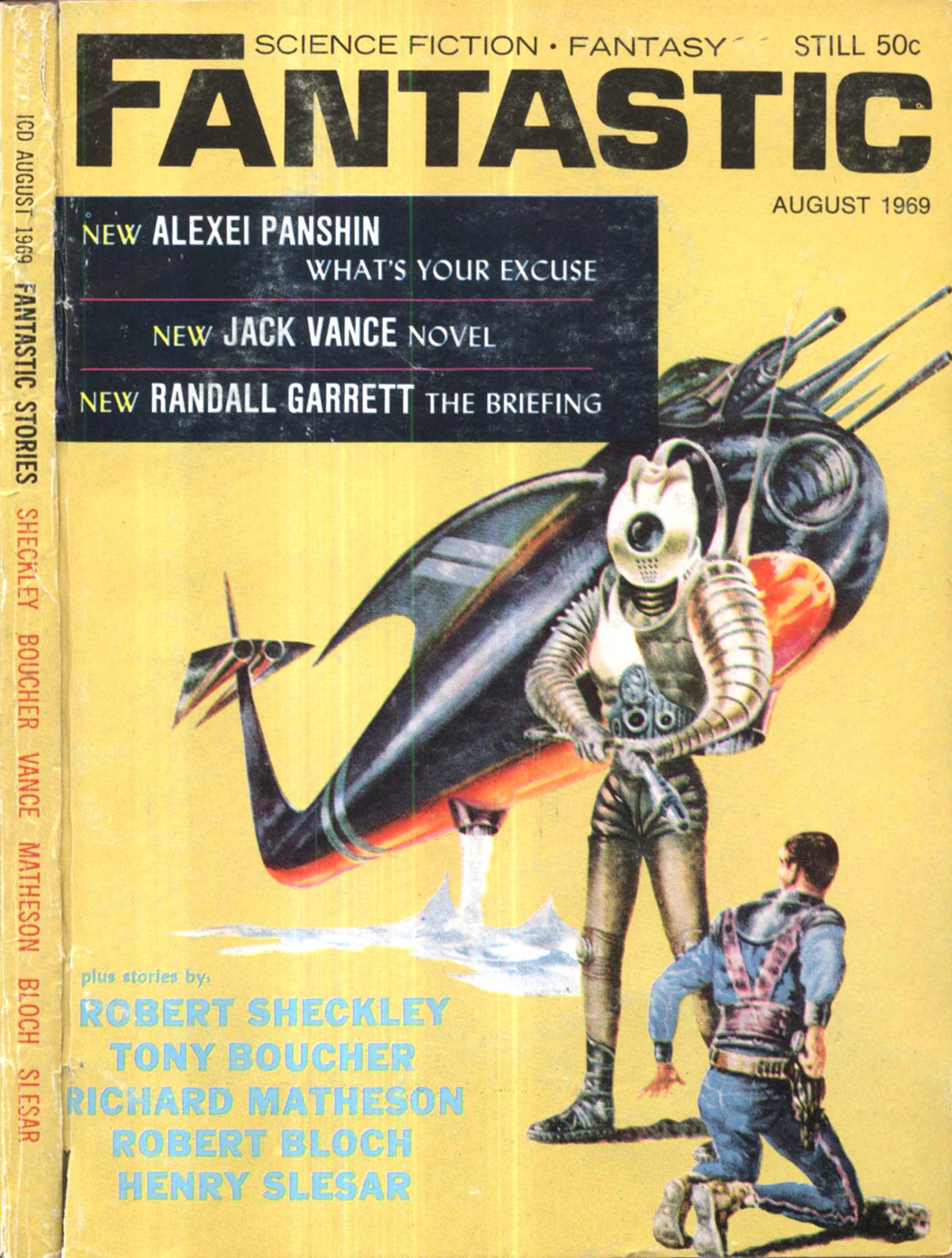
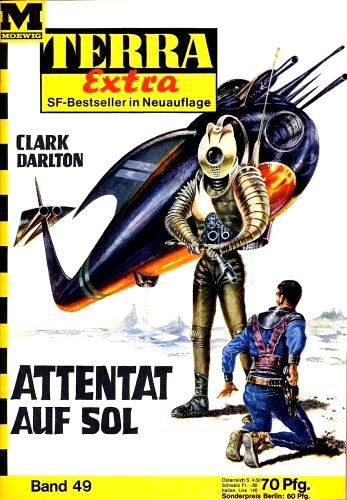


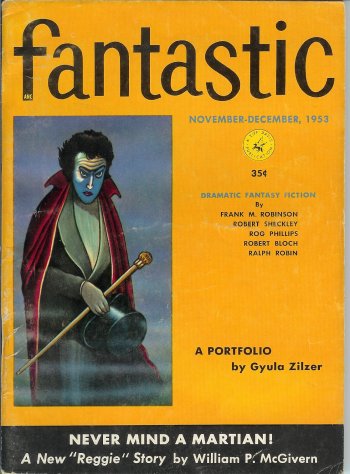
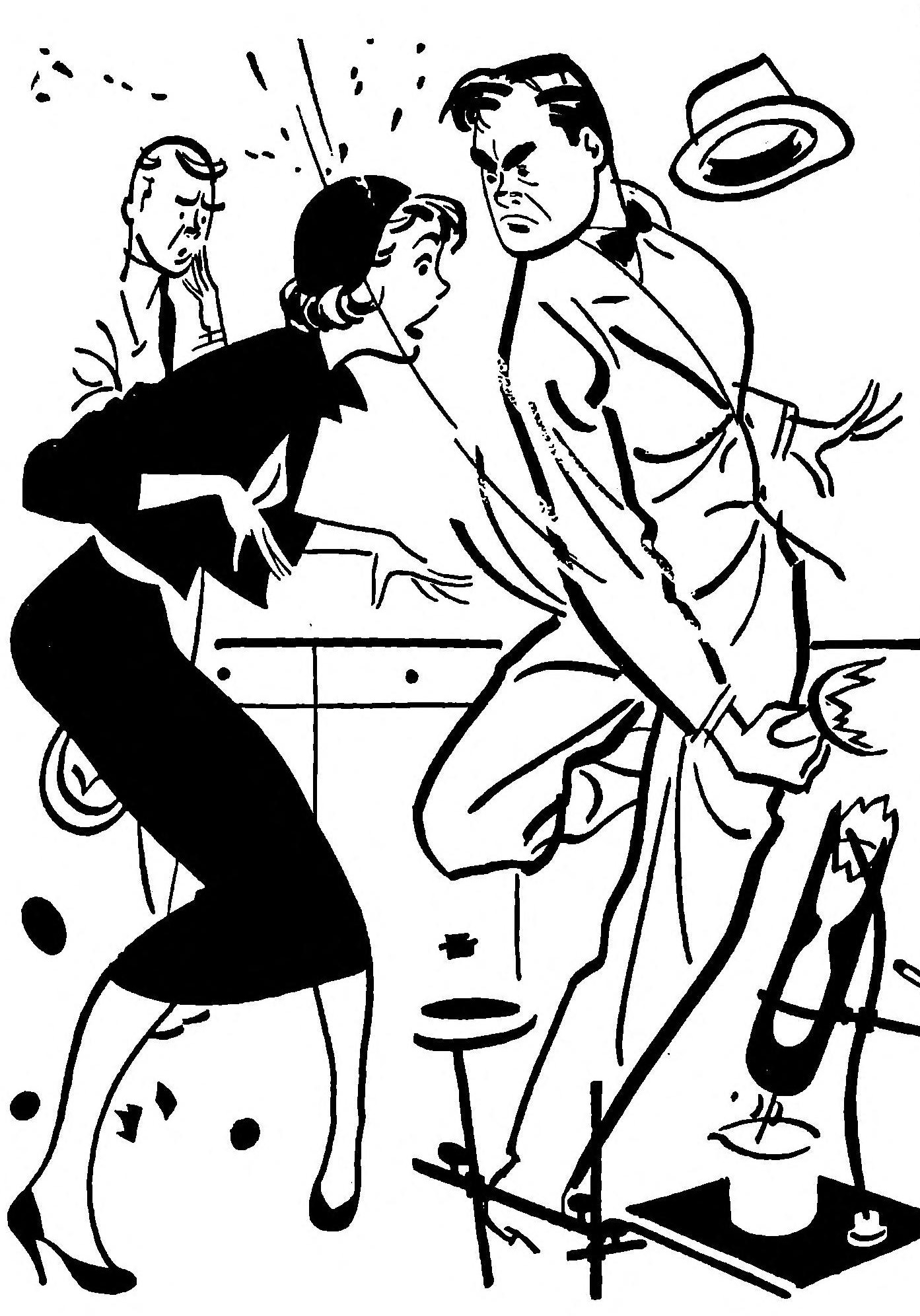
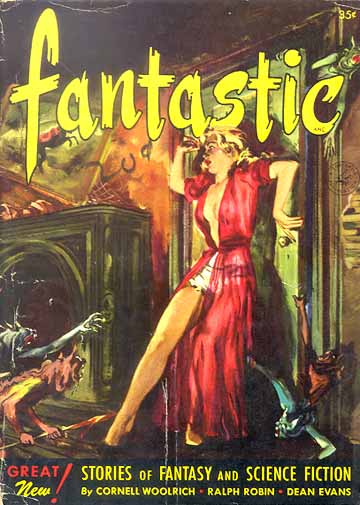
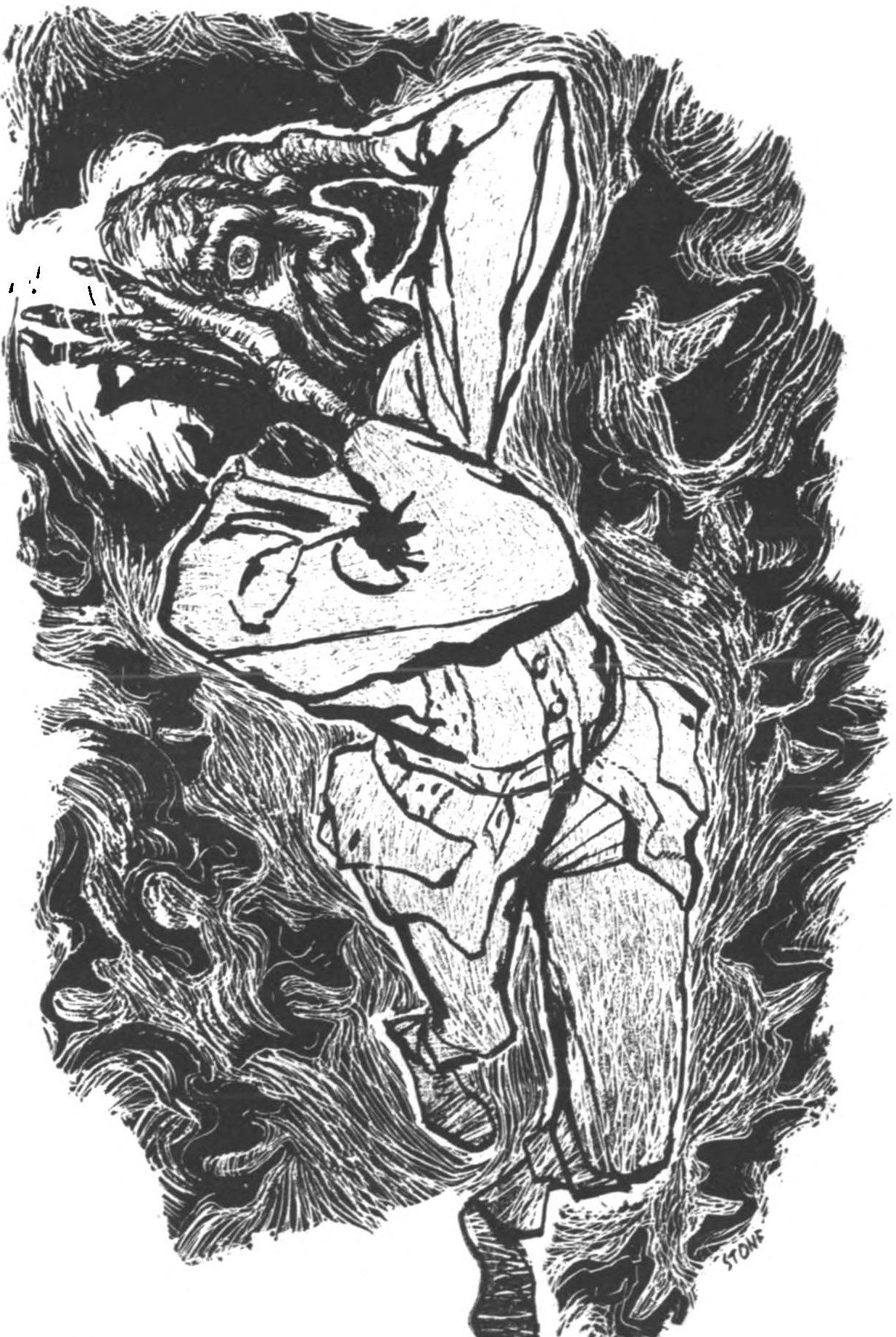
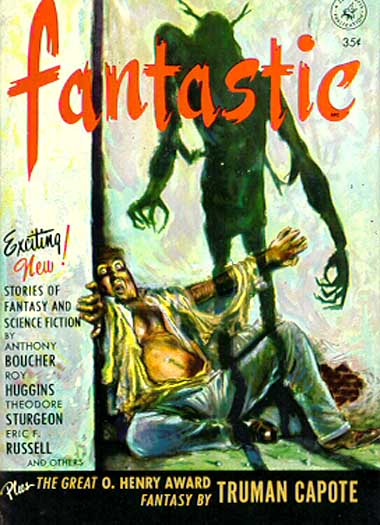
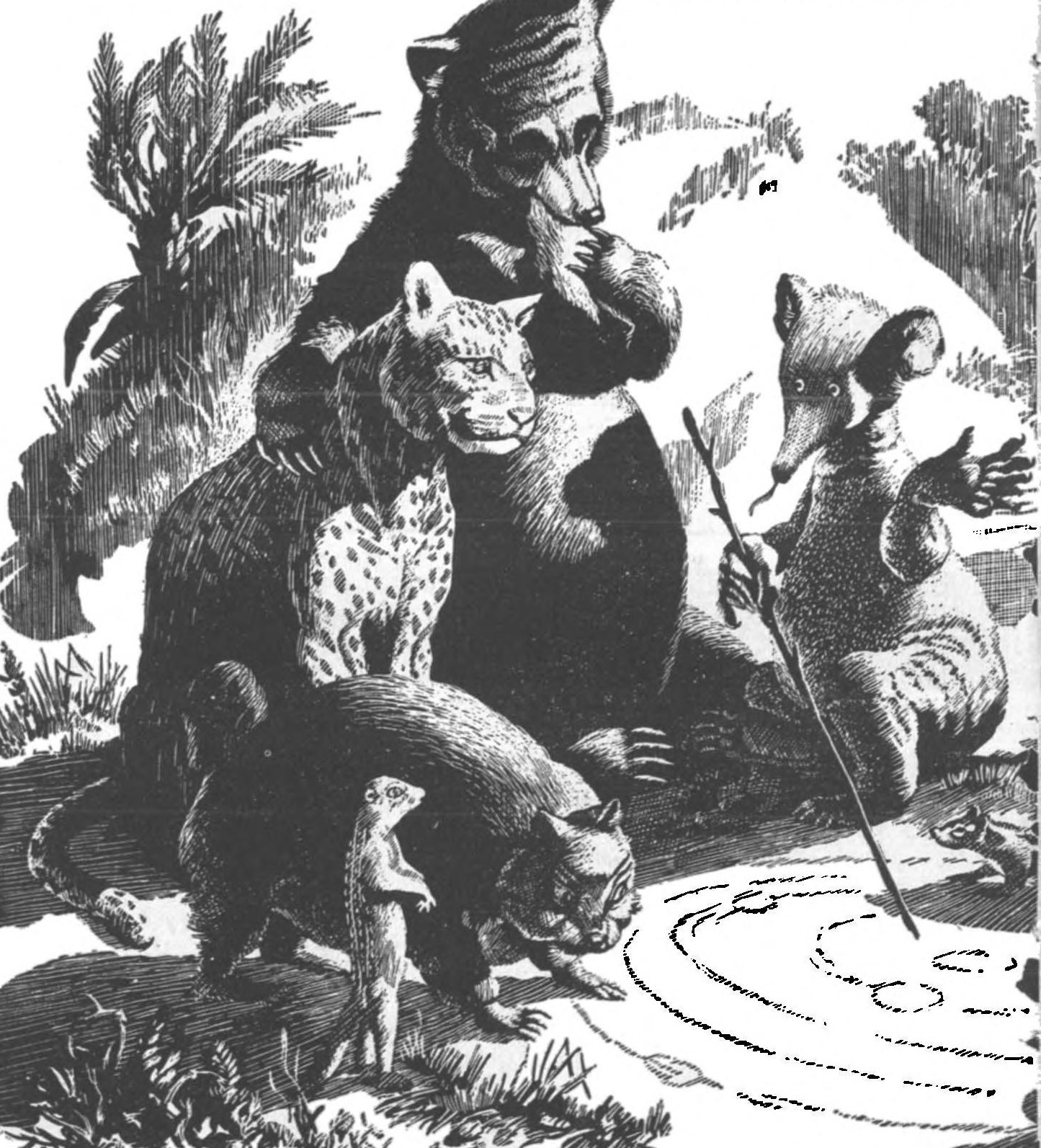
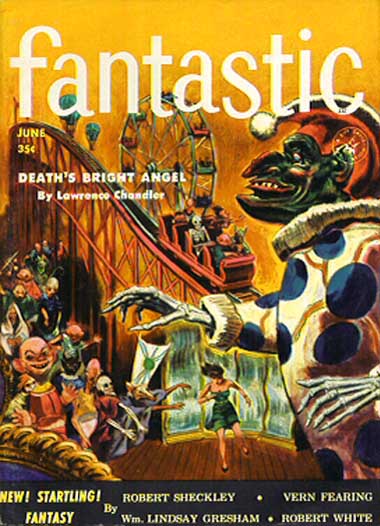
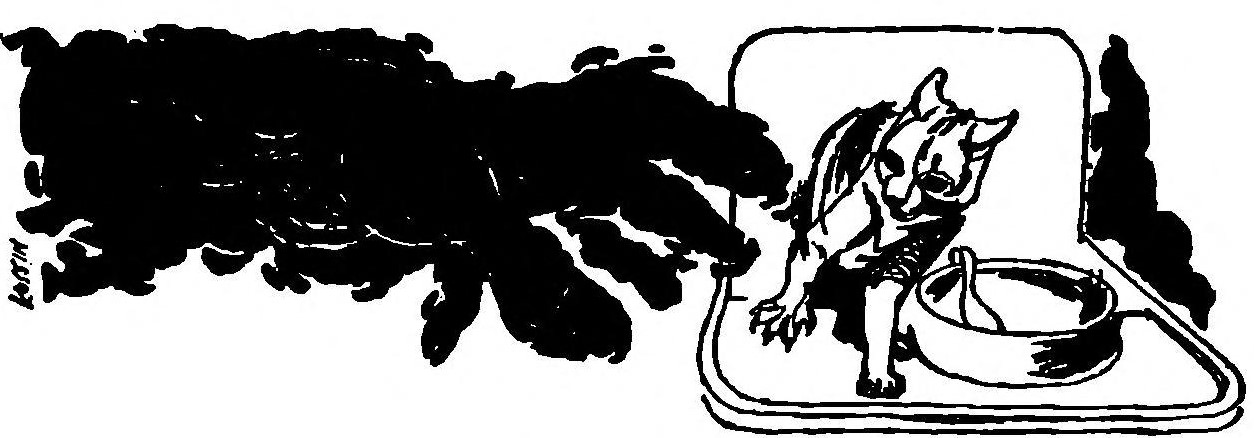
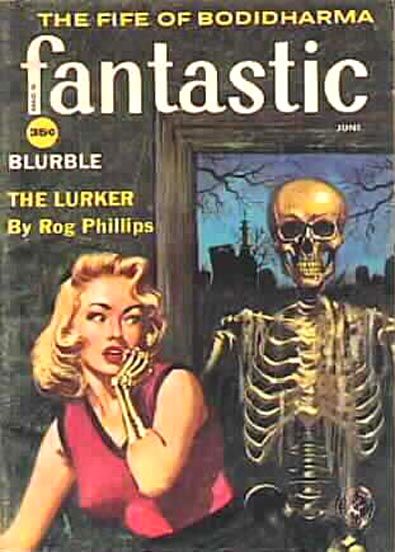

![[June 18, 1969] Sleazy Riders (<i>The Sidehackers</i> and <i>Satan's Sadists</i>)](https://galacticjourney.org/wp-content/uploads/2024/06/Untitled-672x372.jpg)












![[June 16, 1969] The Voyage to Net a Dolphin (June 1969 Galactoscope)](https://galacticjourney.org/wp-content/uploads/2024/06/690616covers-672x372.jpg)





![[May 16, 1969] Strange Dreams (May Galactoscope)](https://galacticjourney.org/wp-content/uploads/2024/05/690516covers-672x372.jpg)

